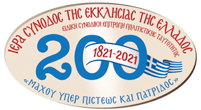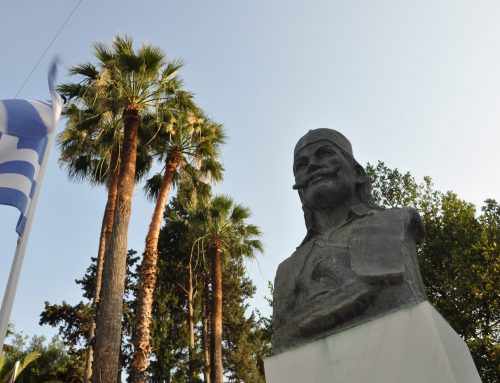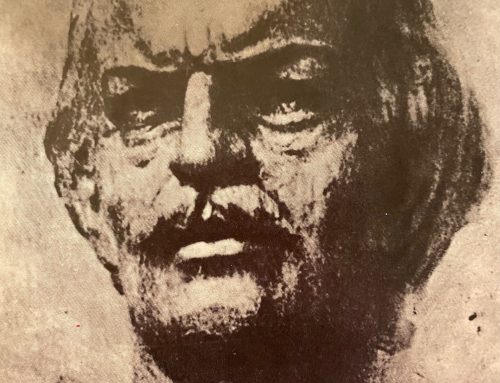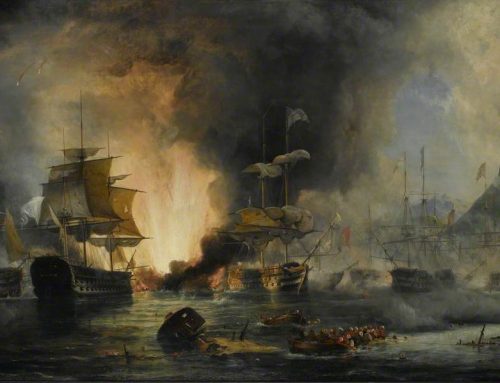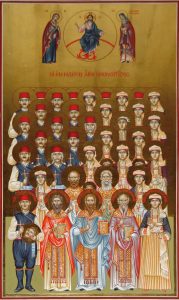
The revolution of Naoussa started on the Sunday of Orthodoy of 1822. The Naousseans heroically resisted the troops of Lubut Pasha but the Turkish army managed to enter the town slaughtering its defenders and taking captives. When destruction was completed, the Turks brought the captives, men and young children, 1,214 in total, to Kioski of Naoussa before the Turkish Pasha, while they sent the women to the prisons of Thessaloniki.
They would call them out one by one and would ask them to state their name and religion. They would then ask them to renounce their faith so that they could grant them their freedom. But they would reply with courage and bravery: “I am a Christian and will die one”. Then the martyrdom followed: they would be decapitated, and the bodies would be piled up. Until one of the dead bodies rose and, holding in its hands the head that they had just cut off it, first towards the tent of the general and then towards the bridge. The Turks were terrified, saw it as a miracle and ceased the slaughter.
Women of Naoussa who found themselves in the prisons of Thessaloniki also won the martyr’s chaplet. Among them there were also the wives of the Naoussean chieftains and notables, Karatassos, Zapheirakis, Katsaounis, Malamos, and Kambitis, who suffered horrible tortures. Karatassos’ wife was martyred closed in a sack full of snakes. Zapheirakis’ wife was built in alive in a wall of the church of Saint Sophia. Only her head was left out, with her face spread with honey so that bees and wasps may come and sting her only to make her martyrdom even more painful. Even so, they all of them remained unshakeable in their faith to death, as the accounts by both Greek and foreign historians of the time confirm.
Through acts of Most Rev. Metropolitan Panteleimon of Veria, Naoussa and Campania the Neomartyrs of Naoussa were also officially inscribed in the Hagiologion of the Church through a Patriarchal and Synodic Act of the Ecumenical Patriarchate issued in July of 2010, and that development was solemnly celebrated on June 25 and 26, 2011.
They are commemorated on the Sunday of Thomas.
